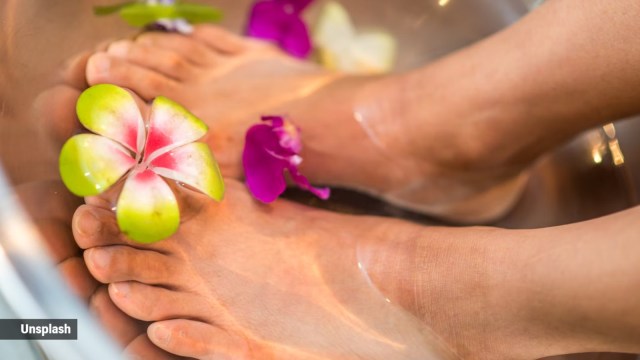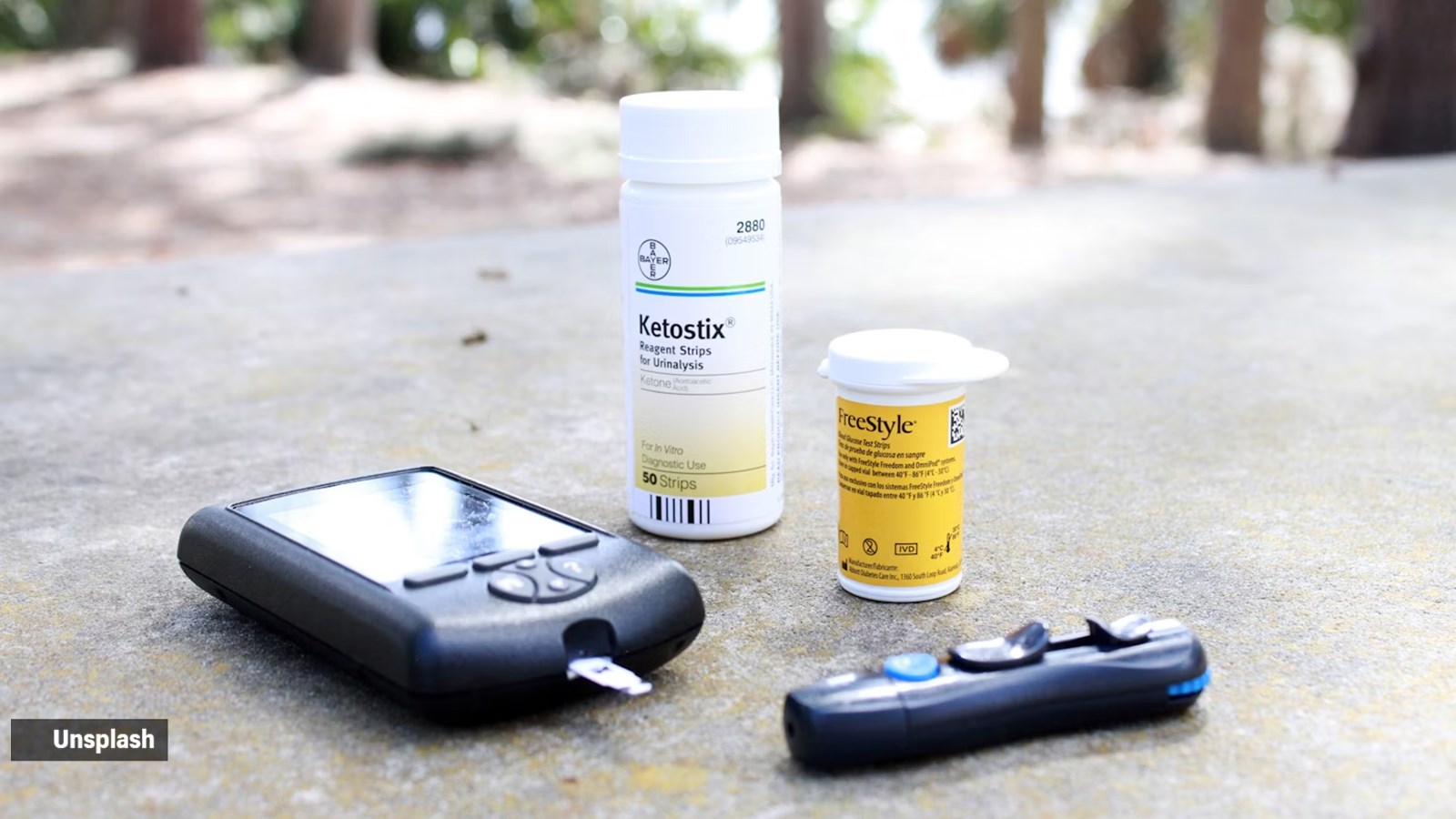📣 For more lifestyle news, click here to join our WhatsApp Channel and also follow us on Instagram
Diabetics, this is when you should (and not) get a pedicure done
A sort of preventative care, pedicures help curb foot infections. However, once you're diseased, you shouldn't go get a pedicure, advised Dr Murthy.
 Pedicures do not tackle diabetes directly; they're part of broader foot care that includes daily self-checks, proper footwear, and regular medical check-ups (Source: Unsplash)
Pedicures do not tackle diabetes directly; they're part of broader foot care that includes daily self-checks, proper footwear, and regular medical check-ups (Source: Unsplash)Diabetes is a silent killer. The long-standing debate on whether diabetics can safely get pedicure treatments has finally been addressed by clinical experts, shedding light on what is safe and what is not.
“Pedicures can help prevent diabetic ulcers and foot infections, providing much-needed rejuvenation,” said Dr KVNN Santosh Murthy, podiatrist and diabetic foot surgeon in Malakpet, Hyderabad. “However, once you have an infection, you should avoid pedicures.”
In India, people with a history of smoking often have blocked microvascular peripheral arteries. Their microcirculation—blood flow to the skin, nails, and fat tissue—is affected, he added. According to him, pedicures become problematic only for diabetics with peripheral artery disease and disturbed microvascular activity.
“The percentage of diabetics with artery disease depends on those with a history of diabetes for six to eight years. However, regular walking, exercise, yoga, and a good sleep and diet pattern can help them avoid pedicure-related problems,” said Murthy.
Capillary filling test
To determine if it’s safe to get a pedicure, the doctor recommended a simple capillary filling test at home. Press the tip of a toe just below the toenail until it turns pinkish-red from the blood vessels being pressed.
“The area should turn pinkish red because of blood vessels pressed against one another. Once the nail is withdrawn, if the area turns back to its normal, then your capillary filling is good, it means that you probably do not have any peripheral vascular disease,” Murthy explained.
“Pedicures do not tackle diabetes directly; they’re part of broader foot care that includes daily self-checks, proper footwear, and regular medical check-ups. Effective diabetes management through diet, exercise, and medication is essential to prevent complications affecting foot health,” said Dr Honey Savla, internal medicine, Wockhardt Hospitals, Mumbai Central.
 Pedicures become problematic only for diabetics with peripheral artery disease and disturbed microvascular activity (Source: Unsplash)
Pedicures become problematic only for diabetics with peripheral artery disease and disturbed microvascular activity (Source: Unsplash)
Tips to avoid injuries
Savla listed a few tips to prevent foot injuries. Activities such as walking barefoot, using a heating pad or hot water bottle on your feet, and stepping into a hot bath without testing the temperature first can increase the risk of injuries or burns.
He advised trimming toenails straight across and avoiding cutting them too short or down the sides. “Use a nail file to smooth any sharp edges to prevent the toenail from digging into your skin. Never cut your cuticles or allow anyone else, like a manicurist, to do so,” he instructed.
In addition to maintaining daily foot hygiene, he advised monitoring the foot’s surface for breaks, blisters, swelling, or redness, especially between and underneath the toes where damage may not be easily visible.
The doctor emphasised that smoking can worsen circulation problems and should be avoided.
“For those with foot deformities or ulcers, consulting a foot care provider about customised shoes can reduce the risk of developing ulcers. Opt for shoes that are snug but not tight. Rotating several pairs of comfortable, well-fitting shoes can prevent consistent pressure on one part of the foot,” Savla said.
Salva also said that effective blood sugar level management can reduce the risk of all diabetes-related complications, including foot problems. Keeping blood sugar levels close to target can lower the risk of circulation problems and nerve damage, both of which often lead to foot issues.
📣 For more lifestyle news, click here to join our WhatsApp Channel and also follow us on Instagram





- 01
- 02
- 03
- 04
- 05






















